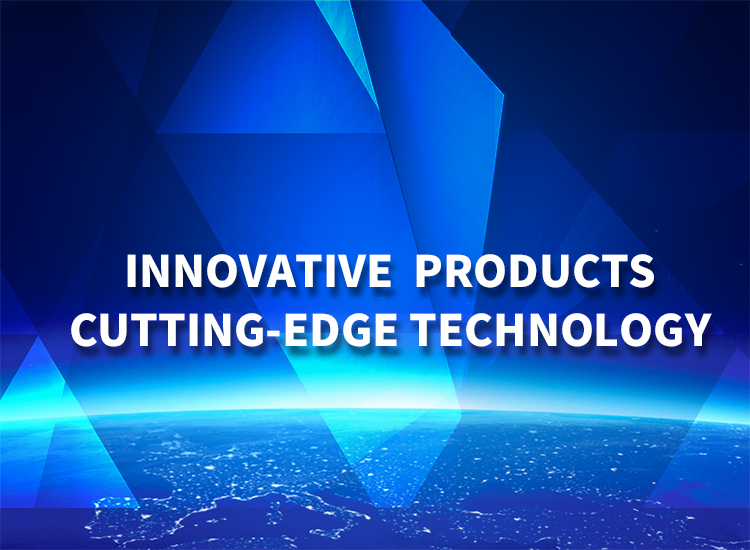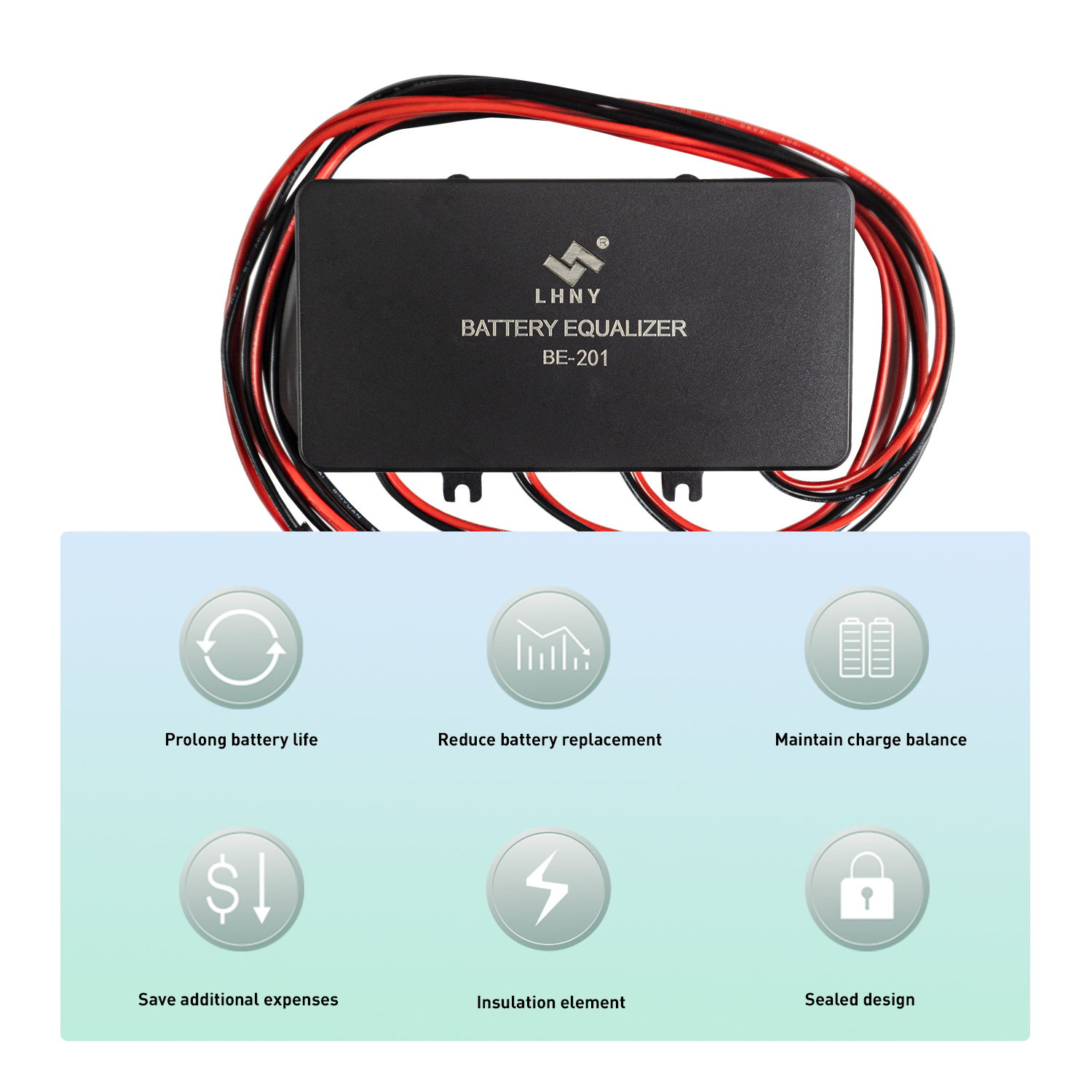欢迎您访问湖北联鸿能源科技有限公司网站,我司主营汽车蓄电池配件、工业蓄电池维护保养产品
全国咨询热线:0710-3313598


 Technology
TechnologyLead-acid batteries are widely used in automobiles, frequency converters, backup power systems, etc. Unlike tubular and maintenance-free batteries, lead-acid batteries require proper care and maintenance to extend their service life. A lead-acid battery consists of a series of plates immersed in a solution of sulfuric acid. These plates have a mesh on which a reactive material is attached. The plate is divided into positive plate and negative plate. The positive plate contains pure lead as the active material, while the lead oxide is attached to the negative plate.
For connection, connect all positive plates in series with one end exposed as a positive terminal. Again, all negative plates are connected together and connected to the negative terminal. Start or start batteries, also known as SLI (start Light Ignition) batteries, provide high current to start engines in cars and generators. They have more plates than other lead-acid batteries. Deep cycle batteries are designed for many charge/discharge cycles and have thicker plates.
A fully charged battery can release its current when connected to a load. During discharge, sulfuric acid binds to the active material on the positive and negative plates, leading to the formation of lead sulfate. In the process, hydrogen atoms from sulfuric acid react with oxygen to form water. This results in the release of electrons from the positive plate, which will be accepted by the negative plate. This causes an electrical potential to form at both ends of the cell. The electrolyte in a lead-acid battery is a mixture of sulfuric acid and water with a specific specific gravity. Specific gravity is the weight of an acid-water mixture compared to an equal amount of water. The specific gravity of pure ionized water is 1.
Inside a battery, there are arrays of battery cells called batteries. In a 12 volt cell, there are six cells, each rated at 2 volts. The current transfer capacity of lead-acid batteries is usually expressed as Ah (ampere-hours). One Ah is equal to 3,600 coulombs. Ah is the battery's ability to deliver 1 amp of current in 1 hour. Thus, a 100Ah battery can provide 1 amp of current for 100 hours. The battery rating is based on the discharge rate through the load at a specific time. For example, a 100Ah battery is discharged at a rate of 5 amps for 20 hours. Battery cycle is defined as a complete discharge and charge cycle. The cycle is usually from its 100% charge to 20% charge, and then from 20% to 100%. Batteries can be kept healthy if they are regularly discharged and charged. Discharging to 50% depth and then recharging to 100% daily will increase battery life. Therefore, it is advisable to discharge and charge the inverter and emergency battery every day or at least every two days. Starting and charging your car's battery every day can extend its useful life.

1.Adding water is another important aspect of battery maintenance.
When a battery is discharged and charged, violent chemical reactions occur and heat is generated. This evaporates the water inside the cell and changes the specific gravity of the electrolyte. Therefore, if the water level drops below the desired level, the battery must be refilled with ion-free distilled water. Do not add too much water as it may short-circuit the battery plate. If the battery is not used, 4% self-discharge occurs every week. For example, if discharge is not allowed through the load, the 125Ah inverter battery will self-discharge at a current of 5 amps per week.
In order to keep the battery in good condition, the battery must be balanced. Due to aging, all batteries charge unevenly, with some charging quickly and others charging slowly. This can be done by slightly overcharging the battery so that even weaker batteries are fully charged. A fully charged 12-volt car battery has a terminal voltage of 13.8 volts, while a 12-volt tubular battery has a battery voltage of 14.8 volts.

In view of the unbalance of battery discharge, the battery equalizer can solve this problem well.
Battery equalizer is a kind of electronic protection equipment to prevent the service life of the battery from being reduced due to the voltage imbalance between the cells inside the battery. When the voltage between battery cells is out of balance, different battery cells have different charging and discharging speeds. When one battery cell is charged, the other battery cells are in the state of overcharging or undercharging. Overcharging or undercharging will damage the battery, reducing the battery capacity and shortening the battery life. The battery equalizer can balance the power of each battery grid in real time, thus extending the service life of the battery by 5-30%.
2.Vulcanization is another factor affecting the efficiency of the battery.
During the discharge, lead sulfate will form, which will accumulate on the plate. This prevents charge release and acceptance. However, these lead sulfate crystals are removed during water injection and loading, so it is best to load immediately after filling with water. If lead sulfate accumulates too much, it must be desulphurized using a desulphurization unit (which provides a current pulse to remove lead sulfate crystals). Lead sulfate can also be removed by removing the electrolyte from the cell and then washing it with distilled water and filling it with fresh acidic water.